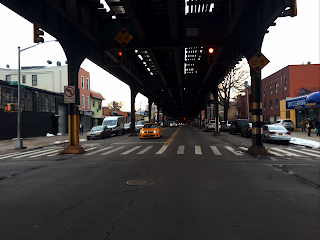Character Costume
For Holly as the character of the protagonist, I wanted her in plain simple clothes so that her movements and emotions were the main focus of the viewers attention. She wore plain black leggings and a grey hoodie. I initially wanted her to wear a white dress but it was incredibly cold on the day so I didn't want my cast to be uncomfortable on set. We also made sure that they were clothes that were not of great value incase they got muddy or damaged, however as the director I was willing to replace them if it came to it.
Douglas wore blue jeans, wellington boots and a Barbour jacket. I was aiming to achieve the typical huntsman look. I chose wellington boots as they are big, clumpy and intimidating.















